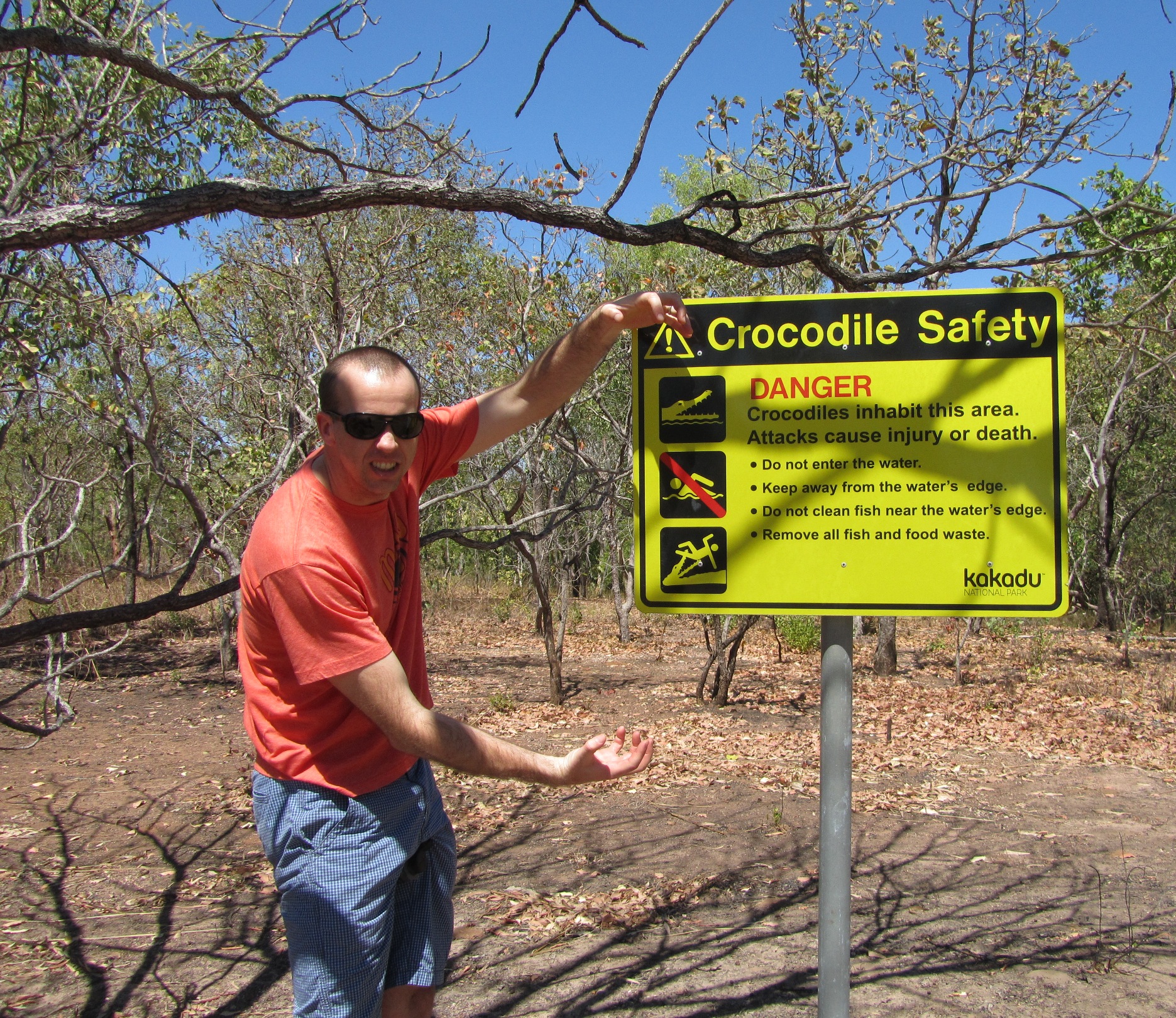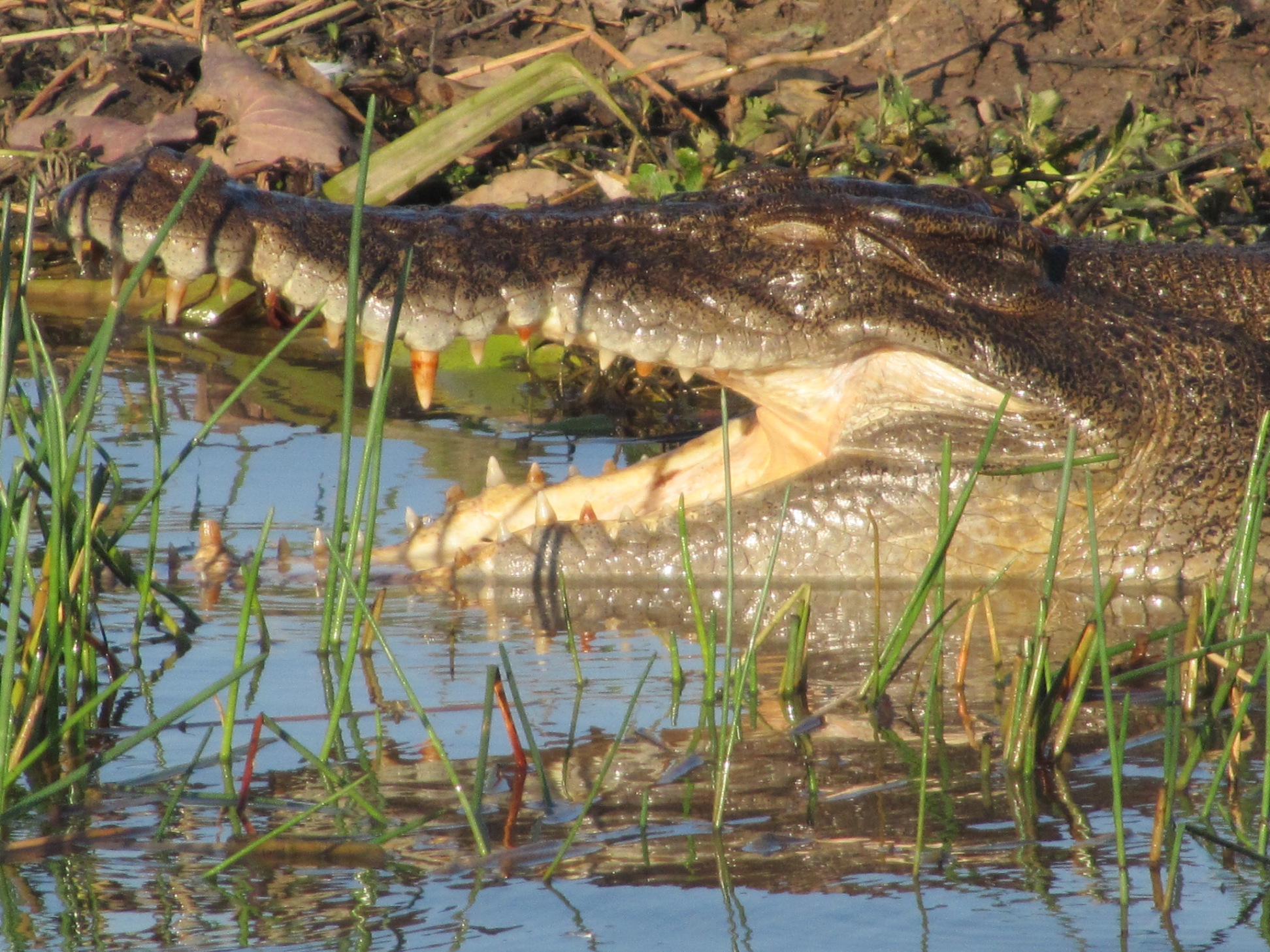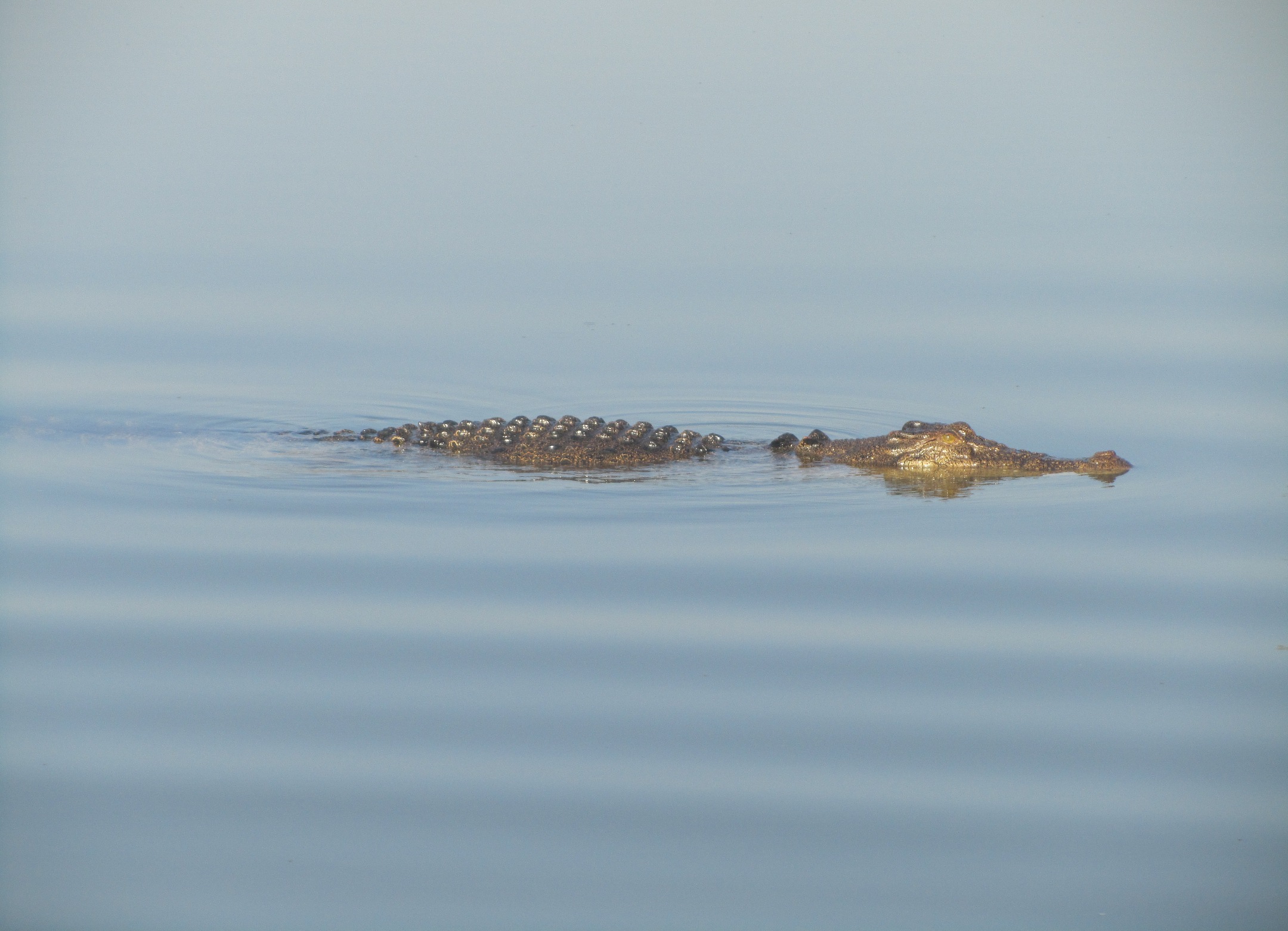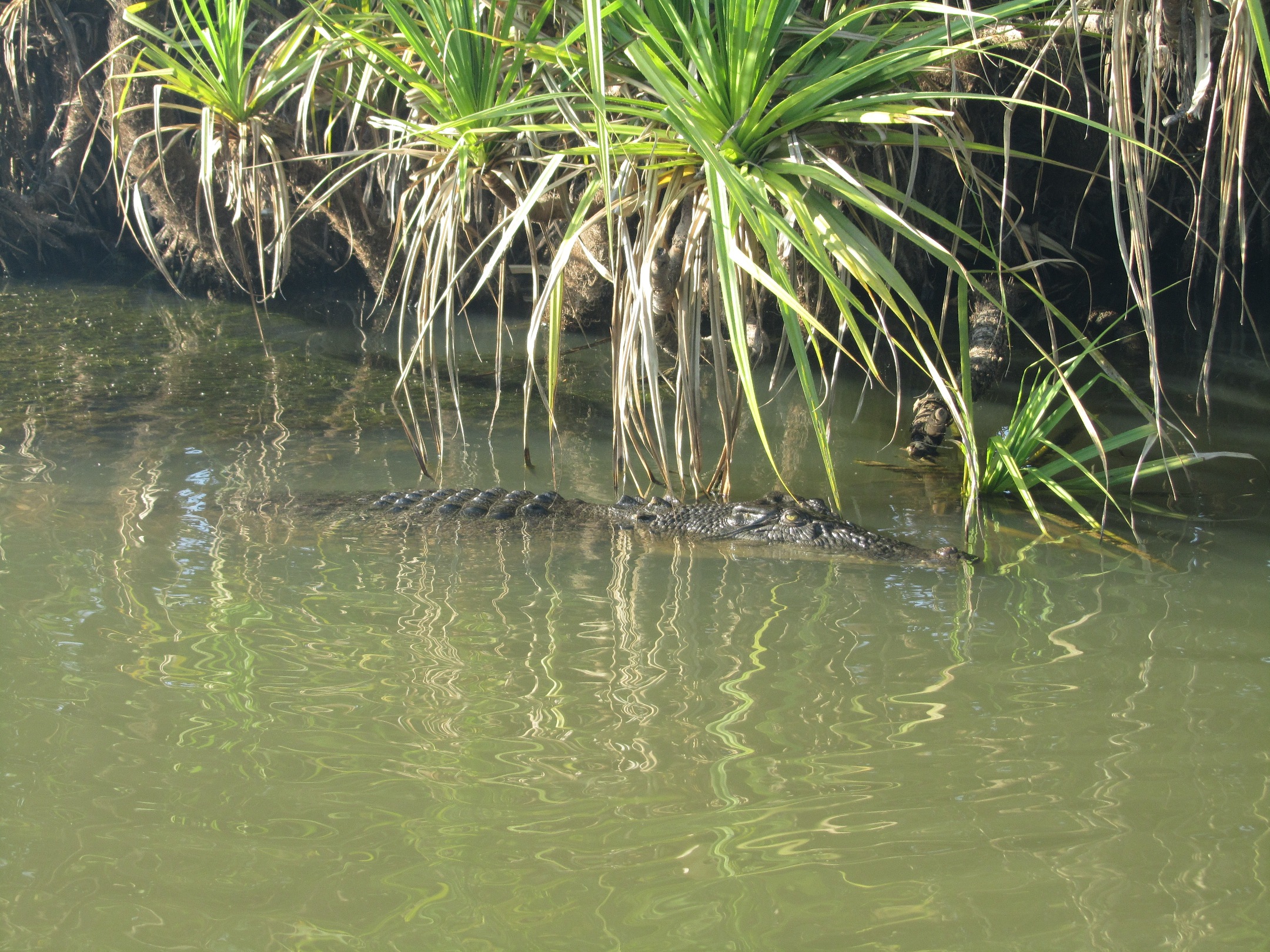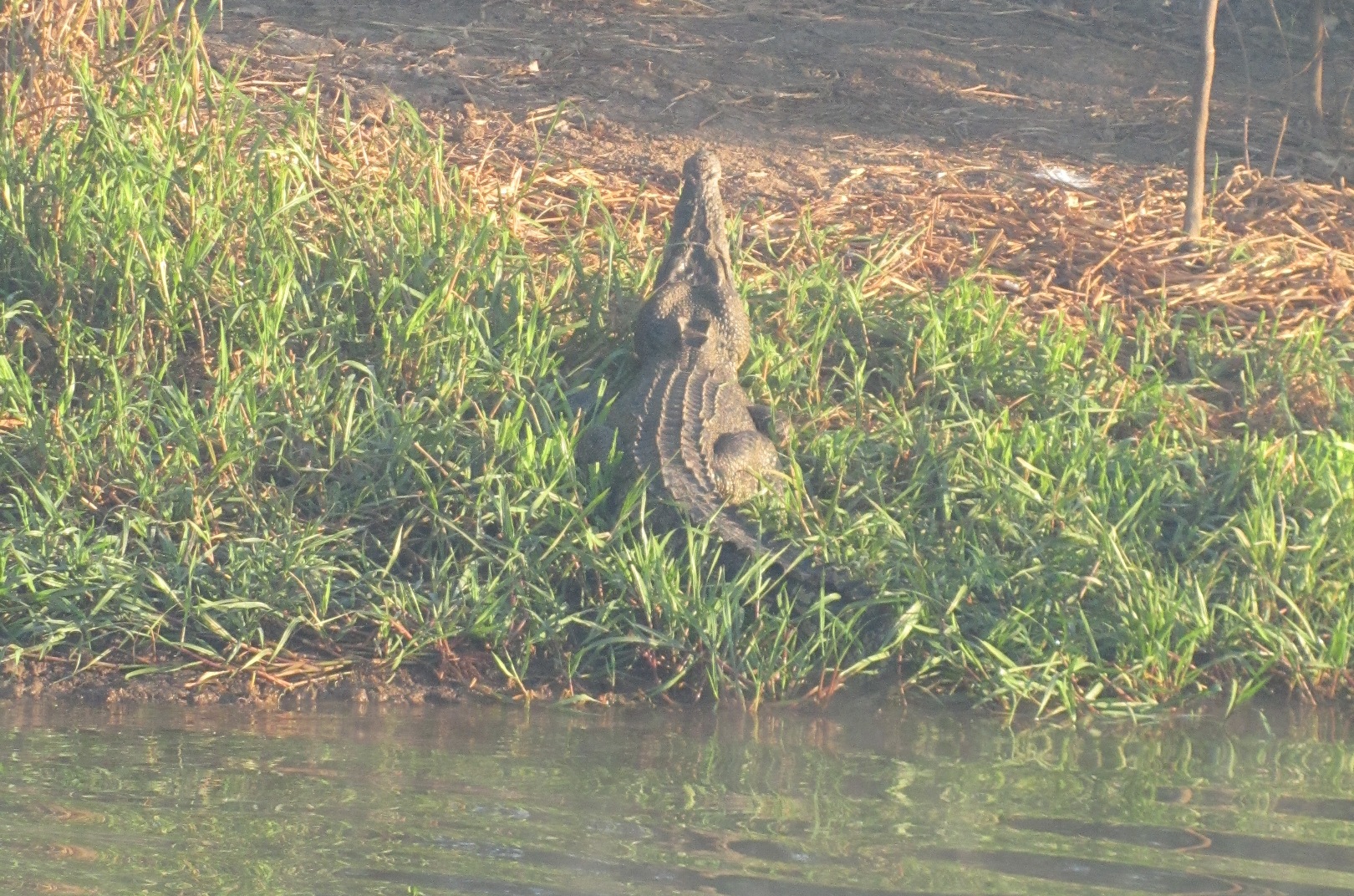After a not-so-restorative night of sleep in our fabulous shipping container accommodation, we awoke before dawn to take a cruise on the Yellow Water Billabong. A bus picked us up and took us to the docks where we received a stern lecture on not leaning over the side of the boat in the least bit because crocos can jump quite high. Yikes.
It was an eerie scene to start the day as a mixture of mist and smoke floated just above the water. Our tour guide expertly navigated the river to get us in position to view the sunrise. 
When the sun rose above the horizon, our tour guide wasted no time moving along. She told us to keep our eyes pealed for kingfishers and brolgas, which I later learned were kinds of birds. She mentioned several other things that I chose to assume were also some kind of bird. Jon and I weren’t sure if we were alone in only knowing a few types of birds so we just pretended to understand.
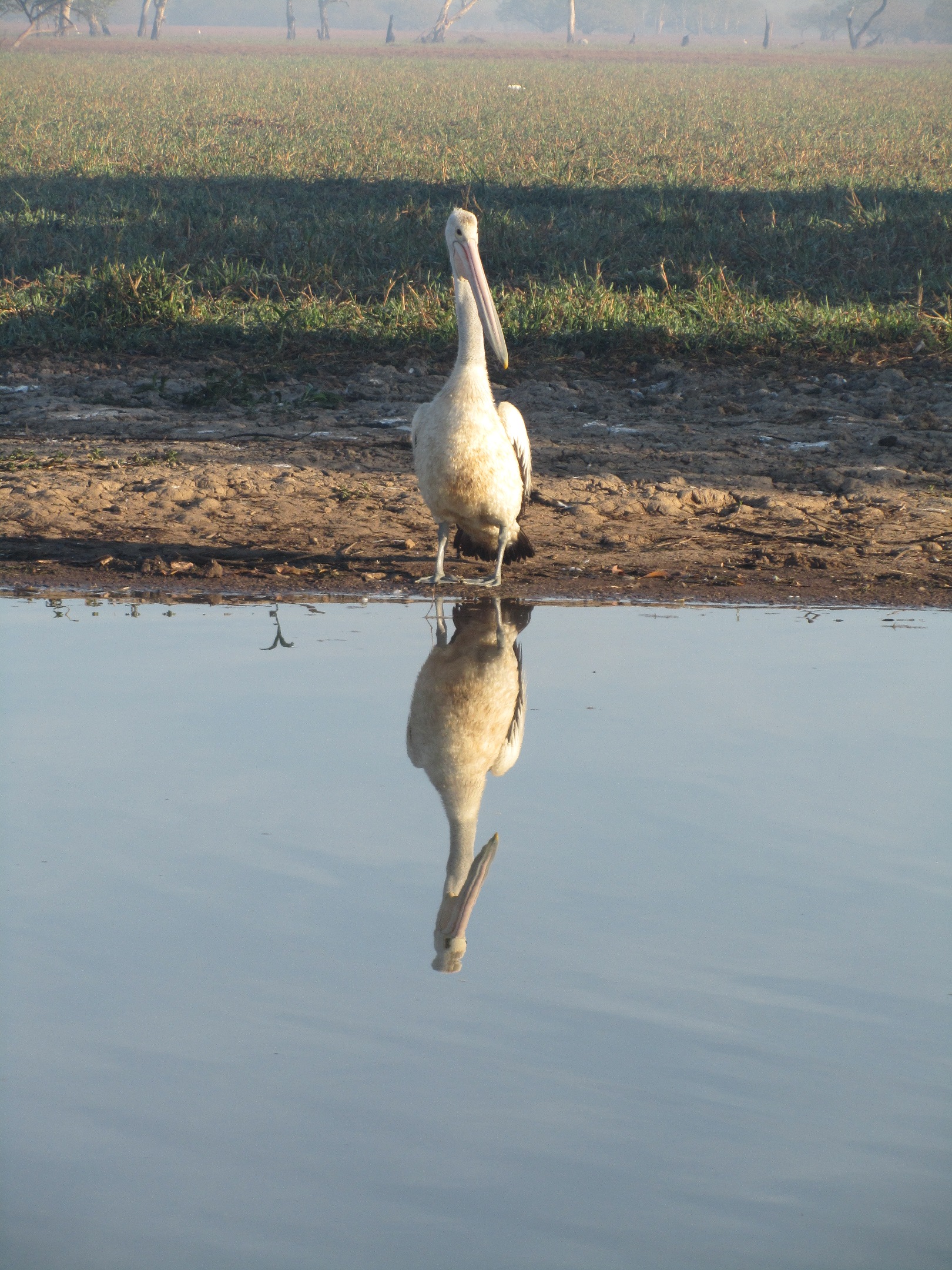
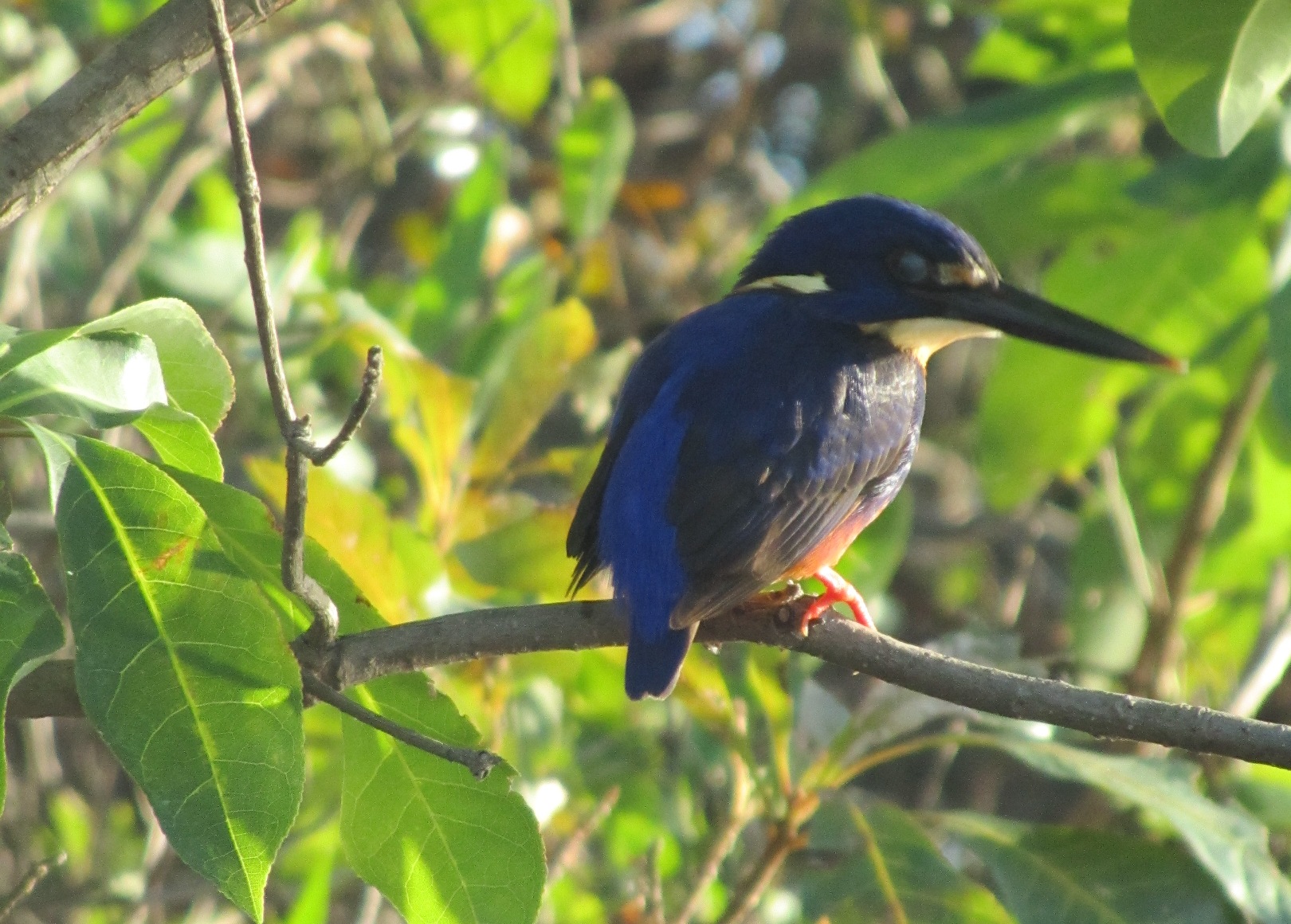
We knew that Kakadu is a major tourist attraction, drawing as many or more visitors as the population of the whole Northern Territories (which is only about 250K, but still…). Somehow we either didn’t know or didn’t remember that Mick Dundee first introduced us and much of the rest of the world to Kakadu and the crocos that inhabit it. (Thankfully, Netfix has both Crocodile Dundee I and II readily available so we watched them immediately when we got back to Melbourne.) Lest you forget that crocos abound, there are helpful signs to remind you in all manner of places that don’t look like anything, much less a water dwelling creature, could live.
In the wet season, Kakadu floods extensively and the crocos spread out across the park, but during the dry (May – October) they congregate in the main waterways such as the Yellow Water where you would have to try not to see them. They are sneaky though and can disappear right back into the river faster than you blink which was enough for me to keep a larger than necessary distance from any and all natural waterways.
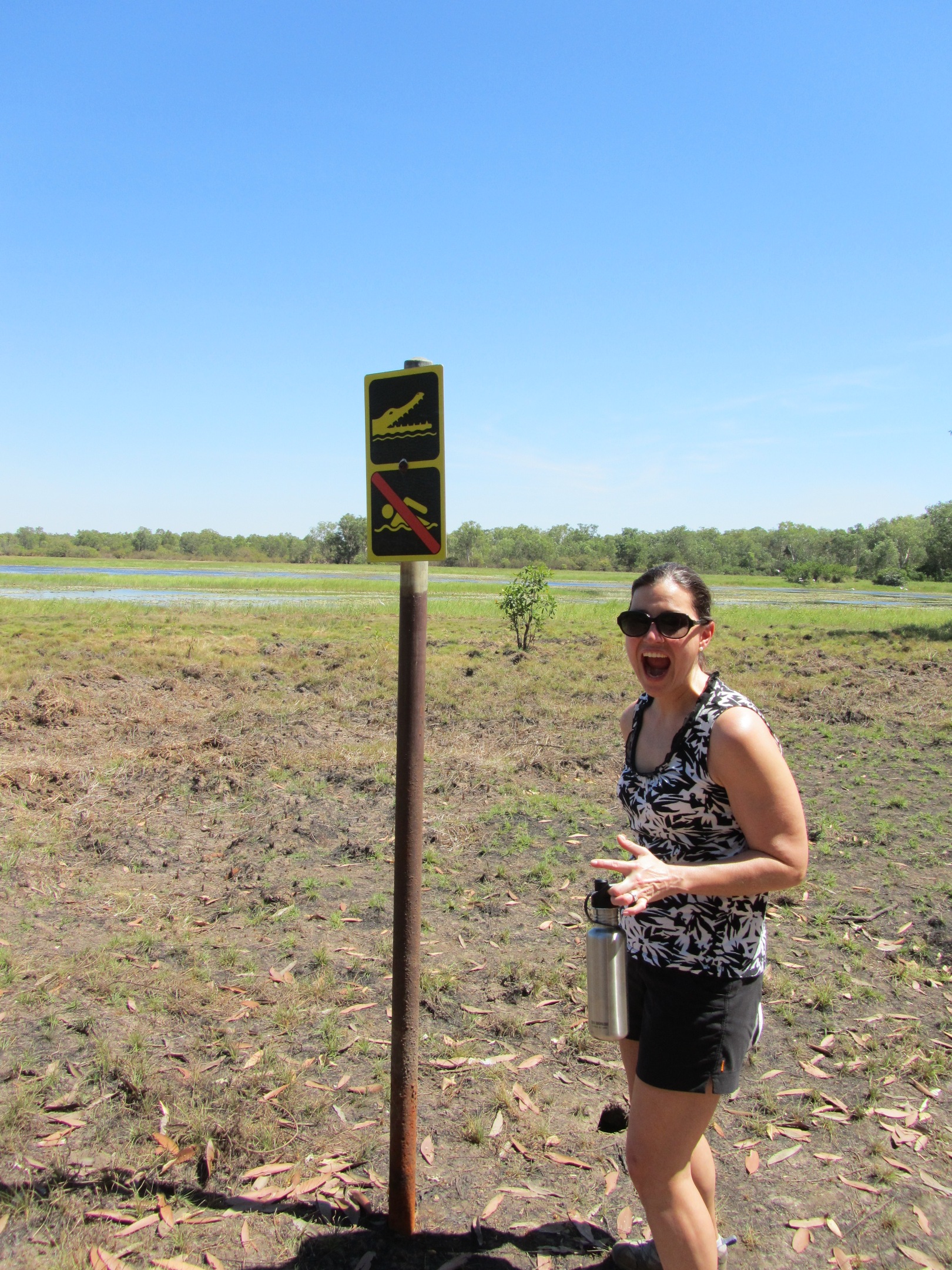

Our tour wrapped up at a normal waking hour so we had the whole day ahead of us. We decided to check out the visitor centers and do a couple of short bushwalks. I am a sucker for tourist merchandise and couldn’t wait to see what the visitor centers had to offer only to find out that it was somewhere between nothing and very little. Oh well. It’s hard to decide if I am more disappointed in the lack of nonsense to spend money on or heartened that there is still something that isn’t being over-merchandised. After that it was on to Jabiru.
Jon pointed out that Jabiru was the name of one of the birds that our tour guide had pointed out repeatedly which was a surprise to me. I didn’t put two and two together because the tour guide pronounced it Jab-a-roo and I thought it was Jab-ear-ew. Whoops.
Jon and I arrived at our lodging for the night and decided to take a walk to check out the town that, per Lonely Planet, was surprisingly large given the remote location about 3 hours from anything else. We enjoyed some much needed sandwiches at a German bakery, picked up a few items at the grocery/kmart-ish store combo. We realized it was a good thing we ate because the bakery was one of only two places open for lunch. At our hotel, we asked for restaurant recommendations for dinner and found out that we had exactly one option. Wow. What a huge town. What surprised me is that so many people, approx. 1000, can live there with so few services! It is definitely not going on my list of places I could see myself living.
